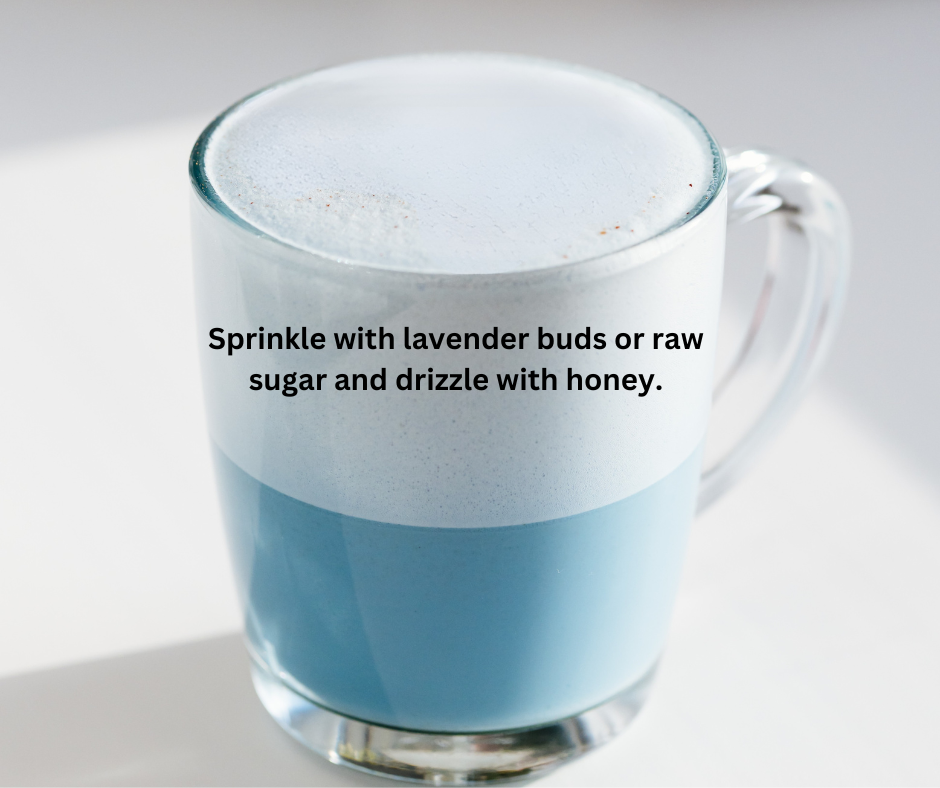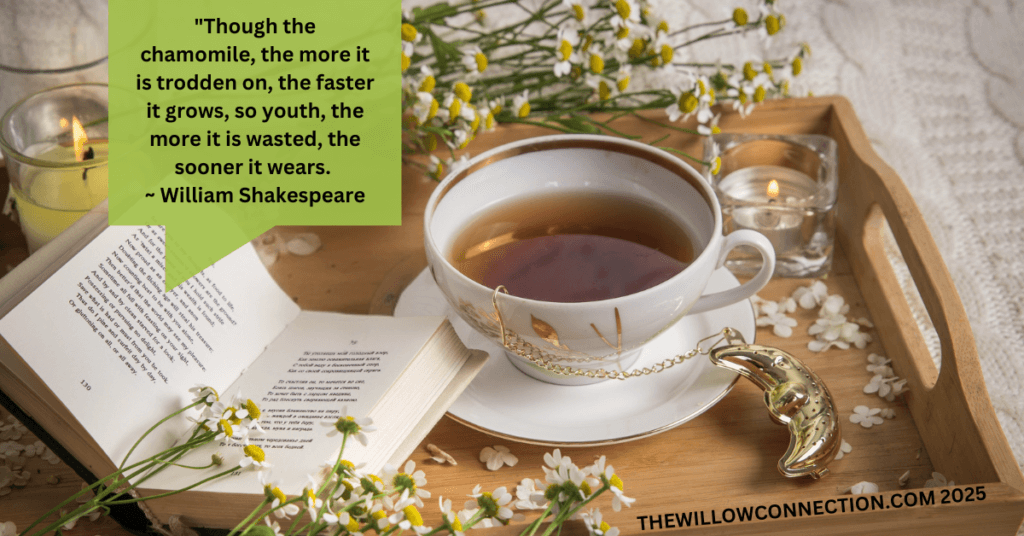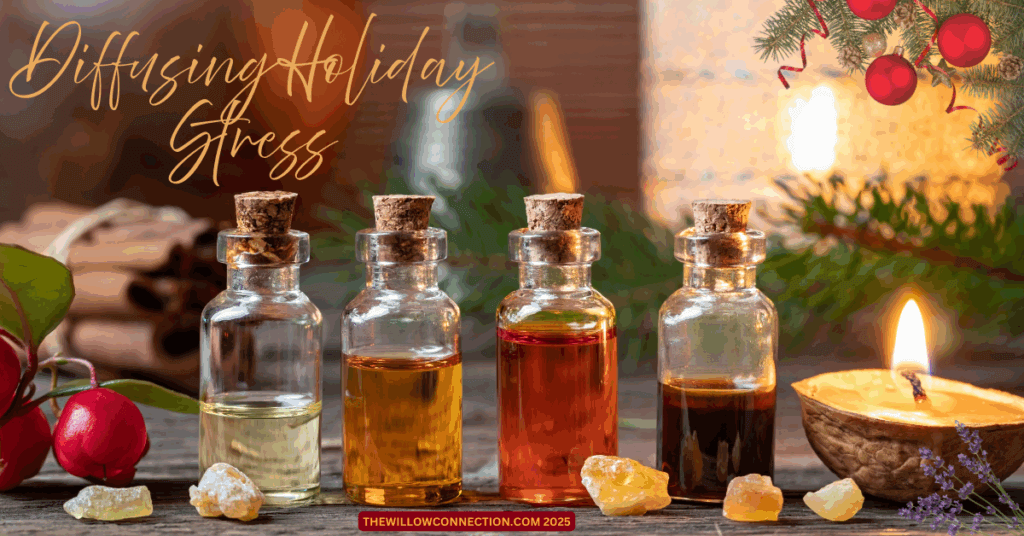Roman Chamomile vs. German Chamomile
Chamomile, with its calming aroma and soothing properties, has been used for centuries in traditional medicine and aromatherapy. The two common types we are most familiar with are Roman and German. While both offer numerous benefits, they possess distinct characteristics. Let’s delve into the fascinating world of these two herbal wonders.
Appearance:
- Roman Chamomile: This perennial boasts small, daisy-like flowers with white petals and a yellow center. It grows low to the ground with a creeping habit.
- German Chamomile: An annual, German chamomile features larger flowers with a prominent cone-shaped center. It tends to grow taller than its Roman counterpart.
Aroma:
- Roman Chamomile: Known for its sweet, fruity, and apple-like scent, often described as more delicate.
- German Chamomile: Exudes a stronger, more herbaceous aroma with a hint of hay.
Therapeutic Uses:
- Roman Chamomile:
- Often used for anxiety, insomnia, and digestive issues.
- May help soothe skin irritations and promote relaxation.
- German Chamomile:
- Widely used for inflammation, muscle spasms, and skin conditions like eczema.
- May also aid in digestion and promote restful sleep.
Choosing the Right Chamomile:
The best choice depends on your specific needs and preferences.
- Opt for Roman Chamomile if: You’re seeking a milder, more gentle option for relaxation and stress relief.
- Choose German Chamomile if: You’re looking for a more potent remedy for inflammation, skin issues, or digestive discomfort.
A Tea-riffic Mother’s Day
Mother’s Day is just around the corner, and sharing a spot of tea is a perfect opportunity to celebrate the special women in your life or even honoring yourself.
Chamomile Lavender Honey Latte:
Steep 2 chamomile and lavender tea bags or combination of loose leaf teas in boiling water
Add 1-2 teaspoons of honey to taste
1 tsp. vanilla powder
Mix tea, honey, and vanilla powder together in a special mug.
Hint: Clear tea cups will enhance the experience if you add a bit of butterfly pea flower powder to the tea. It will turn the tea a bluish-lavender color.

For a cloud topping: froth your preferred milk in a steamer, which yields a beautiful result. If you don’t have a milk frother, simply warm up some milk in a saucepan and mix with your tea.
Drizzle the frothy milk with honey and sprinkle with lavender buds or Turbinado sugar.
Enjoy alone or with a special dessert.
Important Note:
- While generally safe, consult with a healthcare professional before using chamomile if you are pregnant, breastfeeding, or taking any medications.
Disclaimer: This information is for educational purposes only and should not be considered medical advice.
I hope this blog post sheds some light on the fascinating differences between Roman and German chamomile. Remember to choose the variety that best suits your individual needs and enjoy the soothing benefits of this wonderful herb!





